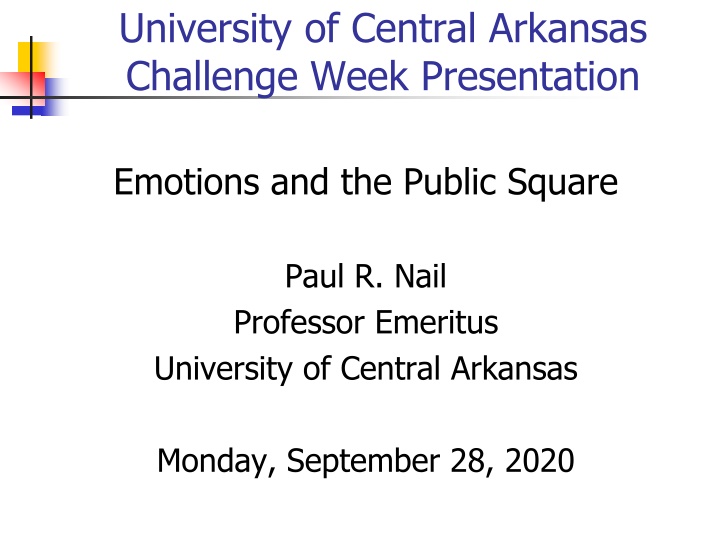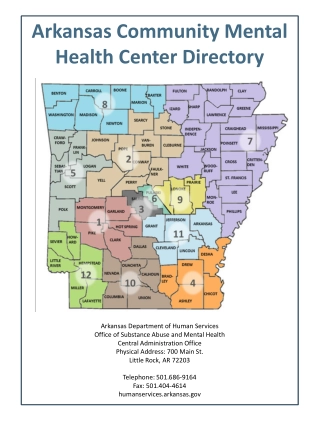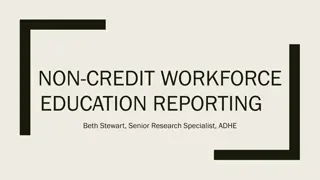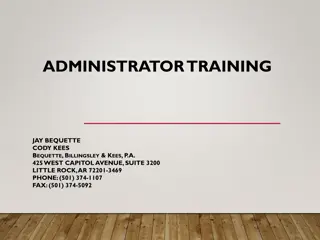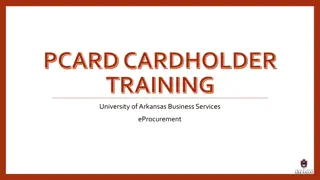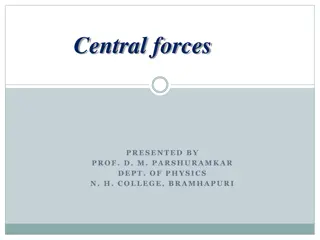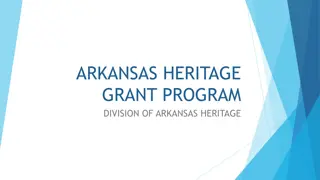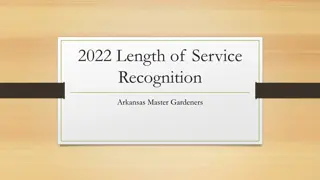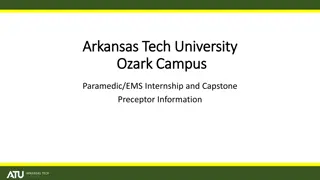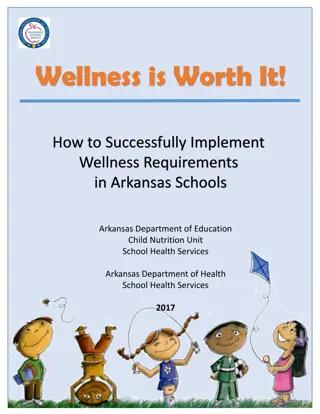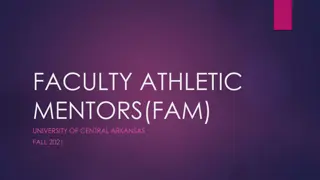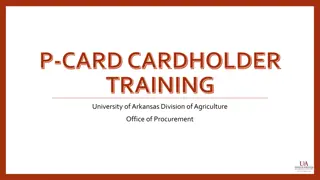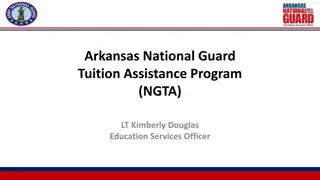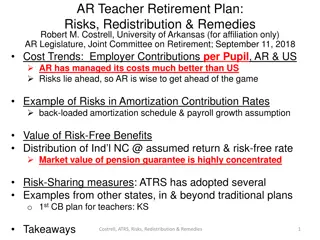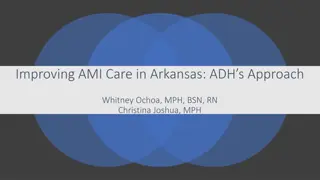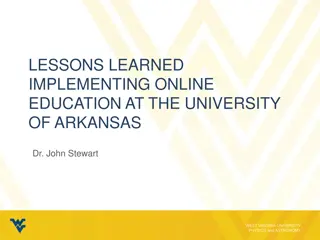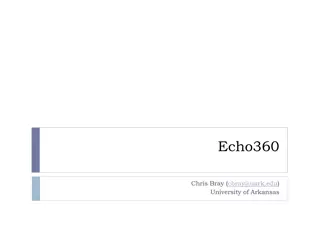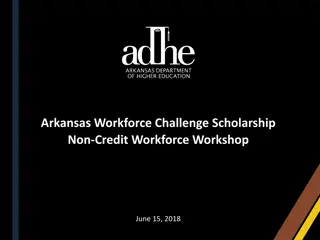University of Central Arkansas Challenge Week Presentation
Human mental models, biases, and political orientations shape attitudes in the public square. Emotions play a key role in forming lasting attitudes, often resistant to change. An exploration of how anecdotes, facts, and cognitive dissonance influence our perceptions and actions in society.
Download Presentation

Please find below an Image/Link to download the presentation.
The content on the website is provided AS IS for your information and personal use only. It may not be sold, licensed, or shared on other websites without obtaining consent from the author.If you encounter any issues during the download, it is possible that the publisher has removed the file from their server.
You are allowed to download the files provided on this website for personal or commercial use, subject to the condition that they are used lawfully. All files are the property of their respective owners.
The content on the website is provided AS IS for your information and personal use only. It may not be sold, licensed, or shared on other websites without obtaining consent from the author.
E N D
Presentation Transcript
University of Central Arkansas Challenge Week Presentation Emotions and the Public Square Paul R. Nail Professor Emeritus University of Central Arkansas Monday, September 28, 2020
Starting Points/Working Points/Facts 1. Human beings have a mental model of the world in our minds. 2. This model, or schema, is constructed based on our experiences. 3. The world is often complex and subtle. 4. People often have different models for good reasons because of their different experiences. 5. Much information in our schemas is wrong. 6. Human beings tend to be biased but not aware of it.
Starting Points/Working Points/Facts 7. People encode and remember information better if it fits their biases 8. A special type of mental model centers upon one s political orientation 10. Traditionally: Liberal Moderate Conservative 11. The ABCs of Attitudes Affect or feelings Behavioral Intentions Cognitive or Informational
Starting Points/Working Points/Facts 11. Political and religious attitudes tend to be formed in childhood based on emotions a. Identification (trust) or disidentification (distrust) with parents, guardians, role models, or authority figures b. New information that conflicts with existing schemas should cause cognitive dissonance and motivate change but often does not c. Attitudes based on emotions are relatively enduring and resistant to change.
Starting Points/Working Points/Facts 12. Anecdotes/stories are more persuasive than facts/data but should not be 13. Reasonable people can disagree 14. But, politicians and political pundits oven distort, or lie about, opponents positions to make them appear more extreme than they really are. 15. Principled people often have to go against their or their group s interests.
Starting Points/Working Points/Facts 15. Primary motives identified by social psychologists: a. To feel good about one s self b. To be as accurate as possible in one s worldview or schemas 16. Primary needs identified by personality psychologists: The needs for: a. Achievement b. Affiliation c. Power
What Are Liberals and Conservatives Like Conservatives (27%), Extreme Cons. (8%) Primary American Value: Individual freedom Caution: Relatively high in trait anxiety Traditional values, God and country, law and order Human nature: Bad Personal responsibility; people rise above their circumstances through individual effort, hard work Fiscal responsibility; low taxes Equality: Equality of opportunity Emphasis: Private property over public property Small government, except regarding military spending and securing the border Fear/Anger: Big Government
What Are Liberals and Conservatives Like? Liberals (22%), Extreme Liberals (9%) Primary American Value: Equality Move forward: Progressive, low in trait anxiety Human nature: Good Personal responsibility to a point; yet, circumstances can be overwhelming; sometimes people need help Fairness and equality for all Equality: Equality of outcomes Emphasis: Public property over private property The power of the government is necessary to correct inequality and injustices Taxes to promote positive changes and social justice Fear/Anger: Big Business
Festingers (1957) Cognitive Dissonance theory A Classic Example: Cognition 1: Smoking is unhealthy, anti- social, and disgusting. Cognition 2: I smoke two packs a day. Dissonance Reduction Change Cognition 1: Smoking isn t half as bad as people say. Add Consonant Cognitions: My granddad smoked all his life, and he lived to be 93. Social Support: Many good people and many good friends of mine smoke Change behavior: Quit smoking.
Over Time Dissonance Theory Changed From: A theory about logic-like consistency To: A theory about protecting one s self- image, or ego, as a __________ person. Good Stable Capable Thus, cognitive dissonance should be measurable with other ego defense mechanisms such conservative attitudes, in- group bias, or compensation
Research: Jost, J. T. et al. (2003). Political conservatism as motivated social cognition. Psychological Bulletin, 129, 339-375. Nail, P. R., & McGregor, I. (2009). Conservative shift among liberals and conservatives following 9/11/01. Social Justice Research, 22, 231-240. Hypothesis: If it s true that conservative attitudes are a defense against threats, then conservative attitudes should increase for both political liberals and conservatives following a significant. real-world threat
Research Method: We measured both self-reported (a) political orientation and (b) political attitudes in October of 2000 then again in October of 2001 Before 9/11/01 in October of 2000 After 9/11/01 in October of 2001
Results: Conservative Attitudes Year: 2001 2 Year: 2000 1 0 -1 -2 -1sd Lib.--Political Orientation--Con. +1sd
Research: Nail, P. R., McGregor, I., Drinkwater, A. E., Steele, G. M., & Thompson, T. W. (2009). Threat causes liberals to think like conservatives. Journal of Experimental Social Psychology, 45, 901 907. Hypothesis: If it s true that in-group bias can serve as a defense mechanism, then this bias should increase for political liberals and conservatives following a manipulated, laboratory threat, namely, a threat to the justice system.
Research: Study 1: The relationship between political orientation, political attitudes, demographic variables, and judgments of a legal case (the Enron case) One measured predictor variable: Political orientation, measured by self-report One manipulated independent variable from an alleged article in the Houston Chronicle: Injustice threat: A mid-level manager guilty of perjury would not be prosecuted Justice control: A mid-level manager guilty of perjury would be fully prosecuted prosecuted
Study 2: A different experimenter: Foreign students perceptions of America and the reactions of American students to these perceptions. Students read one of two essays allegedly written by a foreign exchange student Pro-USA: Effusive praise for America and out many freedoms and opportunities. I hope to become a US citizen after graduating. Anti-USA: Strong condemnation for America s free enterprise system, inequalities, and lack of social programs. I m returning to my home country after graduation and never coming back. Our student/participants evaluated the exchange student and the essay on Likert-type rating scales. The dependent variable: In-group favoritism: the average difference between the Pro- and Anti-USA conditions.
Results: Injustice Threat In-group Favoritism Justice Control 2 1 0 -1sd Lib.--Political Orientation--Con. +1sd
Conclusions Notice that the independent variable: threat a threat to the justice system or not was not clearly related to the dependent variable: in-group favoritism Liberals and conservatives clearly see the world differently
Conclusions Traditional Paradigm Liberals versus Conservatives New Paradigms The Ruling Political Class versus Everyone Else Constitutional Liberals, Moderates, and Conservatives versus Leftists Traditional Liberals are not the same as Leftists In essence, traditional liberals support our Constitution, Leftists, Socialists, and Marxists do not. The 1st, 2nd, 4th, 5th, and 11thAmendments are currently under threat.
Conclusion The hard left poses a far greater danger to the American future than the hard right. Alan Dershowitz, February 12, 2018 Professor Emeritus, Harvard University Law School Life-long Democrat and Civil Libertarian If socialists understood economics, they wouldn t be socialists. Fredrich von Hayek, PhD Nobel Laureate in Economics, 1974
Data Necessary to Determine if There is a Link Between Officer Race, Suspect Race, and Death White Officer Black Officer White Victim 19 3 Black Victim 10 4
